
Light Bulbs: The different types of light bulb technologies
Search
Main Article: Choosing the Right Light Bulb: Everything you Need to know
Understanding the Different Types of Light Bulb for Your Home
This guide covers the types of light bulbs used in home light fixtures. We'll cover popular options like LED, halogen, incandescent, compact fluorescent, xenon bulbs, as well as smart bulbs and fluorescent tubes.
LED Bulbs

Light Emitting Diode (LED) bulbs are the most popular and energy-efficient lighting technology on the market. An LED is a small electronic component which emits light when electricity passes through it. They convert electrical energy directly into light, which results in very little wasted energy, giving off minimal heat.
LED (Light Emitting Diode) bulbs have become popular for use in lamps and light fixtures, because they are more energy-efficient than traditional bulbs. They work by allowing electricity to flow through a special material called a semiconductor. The LED emits light and lasts a long time. LED bulbs come in various colors and brightness levels, making them suitable for many different uses, from cozy lighting to bright task lighting.
Key Benefits:
- Energy Efficiency: LEDs use about 75% less energy than incandescent bulbs.
- Long Lifespan: LEDs can last over 25,000 hours, even up to 50,000 hours, reducing the need for frequent replacements.
- Cool to the Touch: They emit very little heat compared to other bulbs, making them safer and reducing cooling costs.
- Versatile: Available in different colors, brightness levels, and sizes.
Downsides:
- Upfront Cost: LEDs can be more expensive initially but save money in the long run due to lower energy consumption and a longer lifespan.
- Light Distribution: Some cheaper models may not distribute light as evenly as incandescent or halogen bulbs.
Best For:
General home lighting, energy-conscious homes, and outdoor lighting fixtures.
Lasts: 25,000 to 50,000 hours.
Halogen Bulbs

Halogen bulbs are similar to regular incandescent bulbs, but use halogen gas to increase light output and lifespan. These bulbs provide bright, white light and are commonly used in lamps and spotlights.
Inside the bulb, an electric current heats a thin tungsten wire (the filament) until it glows and creates light. The halogen gas helps keep the filament from burning out quickly, allowing it to shine brighter and last longer than regular incandescent bulbs. These bulbs are great for focused lighting, like in focused or work areas.
Key Benefits:
- Bright Light: Halogen bulbs emit a bright, crisp white light ideal for task lights.
- Compact Size: Their small size makes them ideal for recessed and track lighting.
- Cost-Effective: More affordable than LED and CFL bulbs.
Downsides:
- Heat Output: Halogen bulbs get very hot, which can pose a safety hazard in certain situations. Dust accumulated on the bulb usually burns off, making a smell.
- Shorter Lifespan: They last about 2,000 to 4,000 hours, significantly shorter than LEDs. You also have to avoid touching the bulb because the oil on your fingers can lead to hot-spots on the bulb surface, which can cause it to become damaged faster.
Best For:
Task lighting, workspaces, and areas where bright, focused light is required.
Lasts: 2,000 to 4,000 hours.
Incandescent Bulbs

Incandescent bulbs are the traditional light bulbs that you are familiar with, giving off a yellowish color. They work by heating a filament inside the bulb, which produces light. While they’ve largely been replaced by more energy-efficient options, they’re still used in some homes for their warm light and low cost.
They work by running electricity through a thin tungsten filament, which heats up and produces light. However, they are not very energy-efficient. Only about 10% of the energy used converts to light, while the rest is radiated as heat. Because of this inefficiency, they are becoming less common.
Key Benefits:
- Warm, Soft Light: Incandescent bulbs produce a cozy, yellowish light.
- Low Initial Cost: They are inexpensive upfront.
- Dimmer-Friendly: They work well with most dimmer switches.
Downsides:
- Energy Inefficiency: Incandescent bulbs are highly inefficient, converting only 10% of energy into light while the rest is wasted as heat.
- Short Lifespan: They last only 750-2,000 hours, much shorter than LED or CFL options, so have to be replaced more often which adds extra cost.
Best For:
Ambient lighting, decorative fixtures, and rooms where warm light is preferred.
Lasts: 750 to 2,000 hours.
Compact Fluorescent (CFL) Bulbs

Compact Fluorescent (CFL) bulbs are a more energy-efficient alternative to incandescent bulbs. They work by sending an electric current through a tube containing mercury vapor and phosphor, which produces light. We call them compact because the tubes are often organized in a spiral or compact form, compared to long straight fluorescent tubes.
CFLs contain a small amount of gas and some mercury. When electricity flows through the gas, it creates ultraviolet (UV) light. This UV light then hits a special coating on the inside of the bulb, turning it into visible light. CFLs use about 70% less energy than incandescent bulbs and can last a long time, but they take a moment to warm up to full brightness and must be disposed of carefully because of the mercury.
Key Benefits:
- Energy Efficiency: CFLs use about 70% less energy than incandescent bulbs.
- Long Lifespan: These bulbs last up to 10,000 hours, much longer than traditional incandescent bulbs.
- Variety of Sizes and Shapes: CFLs come in different sizes, making them suitable for various light fixtures and lamps.
Downsides:
- Mercury Content: CFL bulbs contain small amounts of mercury and require careful disposal.
- Warm-Up Time: CFLs may take a few moments to reach full brightness. Sometimes a 'ballast' is needed to start the bulb and this may require separate maintenance or replacement.
Best For:
Energy-conscious homes, office lighting, and areas where long-lasting light is needed.
Lasts: 10,000 to 15,000 hours.
Xenon Bulbs

Xenon bulbs use xenon gas to produce a bright, white light that closely mimics natural daylight. These bulbs are often used in under-cabinet lighting or specialty fixtures.
Xenon bulbs work by passing electricity through xenon gas. These bulbs are often used in places where you need a lot of light, like under cabinets or in display cases. They don’t produce much heat and usually last longer than traditional incandescent bulbs, but are not as efficient as LEDs.
Key Benefits:
- Bright, Natural Light: Xenon bulbs provide a bright white light that is close to daylight in color.
- Energy Efficient: They are more energy-efficient than incandescent bulbs but less so than LEDs or CFLs.
- Cooler to Touch: Xenon bulbs emit less heat than halogens.
Downsides:
- Cost: Xenon bulbs are typically more expensive than other options and may be harder to find replacements for.
- Shorter Lifespan: They last between 5,000 and 10,000 hours, shorter than LEDs but longer than incandescent bulbs.
Best For:
Specialized task lighting, under-cabinet lighting, and areas where bright, white light is preferred.
Lasts: 5,000 to 10,000 hours.
Fluorescent Tubes

Fluorescent tubes are a larger version of CFLs and are often found in kitchens, garages, and other workspaces. Usually they are mounted to the ceiling since they don't easily lend themselves to other forms of lighting. They work by exciting mercury vapor to produce ultraviolet light, which then activates the phosphor coating inside the tube to emit visible light.
Fluorescent tubes are commonly found in kitchens, garages, and offices. Electricity passes through a gas mixture, including mercury vapor, inside a long glass tube. Fluorescent tubes are great for providing bright, even lighting over large areas. You may notice some flickering or strobing effect.
Key Benefits:
- Energy Efficiency: Fluorescent tubes are more energy-efficient than incandescent and halogen bulbs.
- Long Lifespan: These tubes last up to 20,000 hours.
- Bright, Even Light: They provide uniform lighting across large areas.
Downsides:
- Bulky Design: They require larger fixtures and aren’t suitable for decorative lighting. They may not come on instantly and can tend to flicker.
- Mercury Content: Fluorescent tubes contain mercury and require special disposal methods.
Best For:
Garages, kitchens, basements, and large workspaces requiring bright, even lighting.
Lasts: 7,000 to 15,000 hours.
Smart Bulbs

Smart bulbs are modern LED bulbs that can be controlled via a smartphone app or smart home hub. They offer advanced features such as dimming, color changes, and scheduling.
Smart bulbs connect to your Wi-Fi or Bluetooth, allowing you to control them with your smartphone or smart home devices. You can adjust their brightness, change colors, and set schedules from anywhere. Smart bulbs offer the same energy efficiency as regular LED bulbs but add convenience and flexibility for your home lighting.
Key Benefits:
- Convenience: You can control smart bulbs remotely and automate schedules.
- Energy Efficiency: Smart bulbs, like regular LEDs, are very energy-efficient.
- Customizable: Many smart bulbs allow for changes in color, brightness, and light schedules.
Downsides:
- Cost: Smart bulbs are more expensive than standard LED bulbs due to the extra electronics and multiple colored LEDs.
- Compatibility: Some smart bulbs require a specific hub or ecosystem, and may not work with all smart home setups.
Best For:
Modern homes, tech enthusiasts, or anyone looking to personalize and automate their lighting setup.
Lasts: 25,000 to 50,000 hours.
What Light Bulb is Right for You?
Understanding the various types of light bulb technologies is essential for making informed choices for your home lighting needs. From the energy efficiency of LED bulbs to the warm glow of incandescent lights, each type has its own unique benefits and drawbacks.
LED bulbs stand out for their longevity and efficiency, while halogen and xenon bulbs provide bright, focused lighting for specific tasks. Compact fluorescent (CFL) bulbs offer a balance of energy savings and affordability, whereas traditional incandescent bulbs continue to be favored for their familiar warmth. Fluorescent tubes are ideal for large spaces requiring even illumination, and smart bulbs provide modern conveniences that enhance the user experience.
By considering factors such as energy efficiency, lifespan, and the intended use of each bulb, you can select the best bulbs for your home. Whether you're looking to save on energy bills or create the perfect ambiance, there's a light bulb suited to your needs.
Learn more about Light Bulbs
The different types of light bulb technologies
Choosing the right light bulb base for the socket
How to safely screw in various kinds of light bulbs
The different shapes of light bulbs
Smart Bulbs, their benefits and features
How to find the brightness of a light bulb
The different colors of bulbs, warm white, cool white and more
What are Full Spectrum and Natural Daylight bulbs?
What is Color Rendering Index (CRI), and why does it matter
How to avoid glare and harsh light
Wattage, what is it and does it matter?
When light bulbs get hot take safety precautions
How long do they last and when will they need replacing
How much do they really cost to run?
Explore Topics
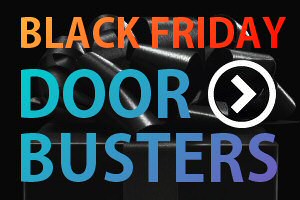
Table of Contents
Light Bulbs: The different types of light bulb technologiesUnderstanding the Different Types of Light Bulb for Your HomeLED BulbsHalogen BulbsIncandescent BulbsCompact Fluorescent (CFL) BulbsXenon BulbsFluorescent TubesSmart BulbsWhat Light Bulb is Right for You?Learn more about Light BulbsCommentsShopping Ideas
Trending
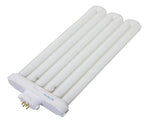
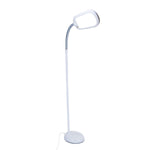

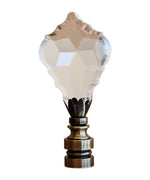

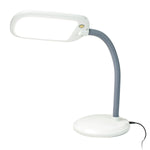




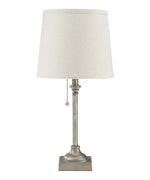


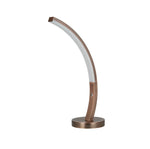
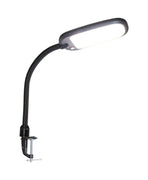

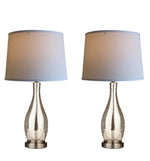
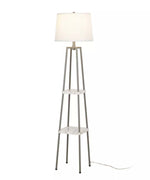











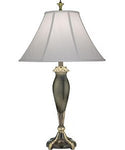

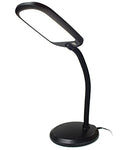


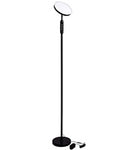

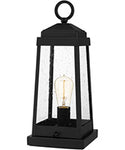
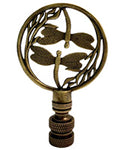
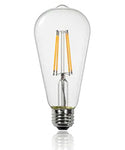
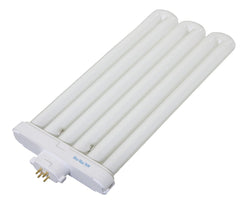
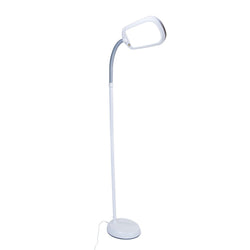
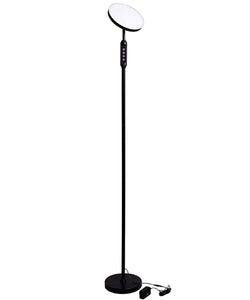
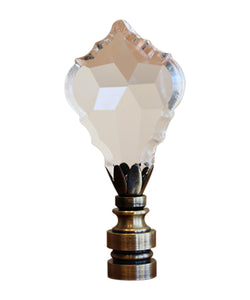
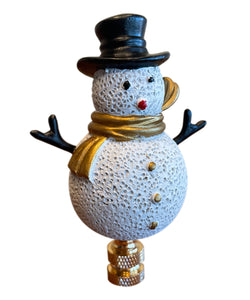

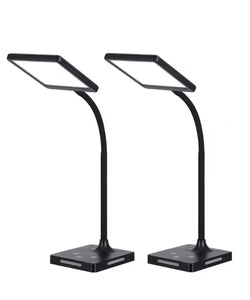

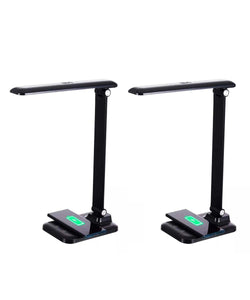


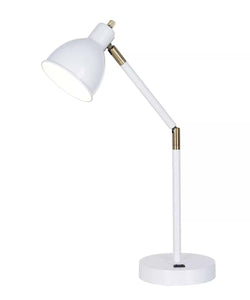
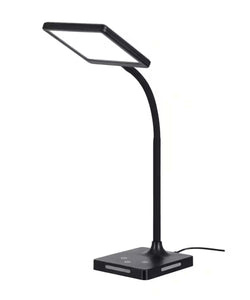

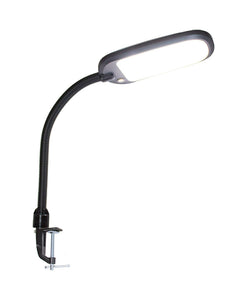
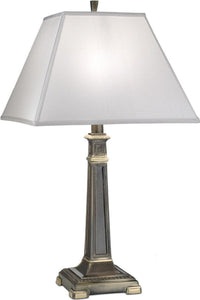

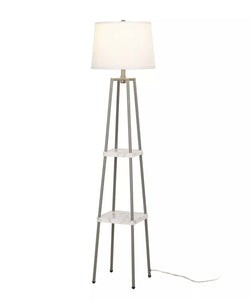
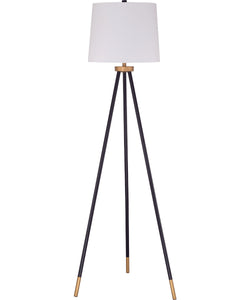

Comments